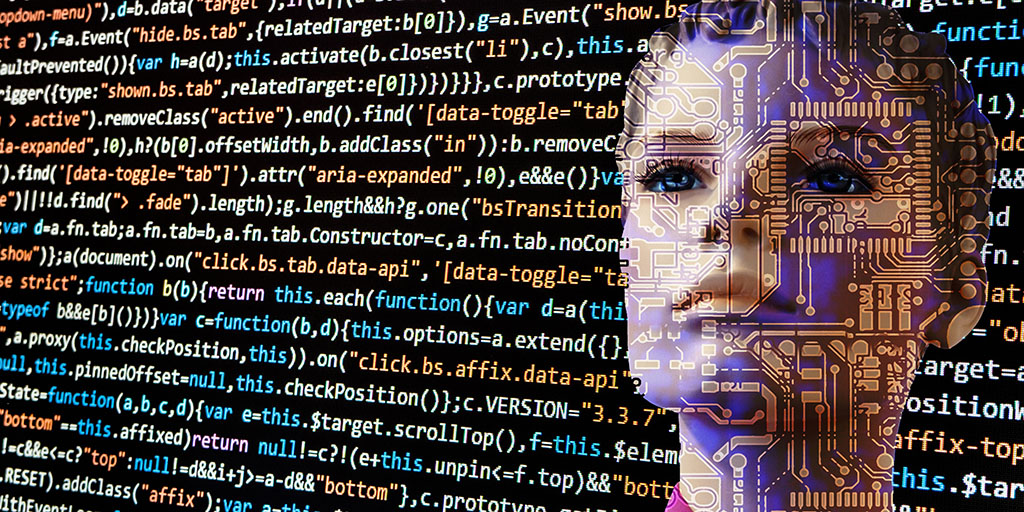It is not unthinkable that by 2050 machines will have evolved to function more as co-workers than as tools, according to Klaus A. Mogensen of the Copenhagen Institute of Futures Studies. This workforce adaptation will have significant implications for companies, their business models, and their strategies. Companies would be wise to evaluate their portfolio of substantive activities against human workers’ and AI machines’ excellence attributes and adjust their approach based on the outcome aligned with their strategy.
While automating repetitive business processes has been widespread practice since the 1960s, such as relying on robots instead of human workers, the question of the future of intelligent work is more novel. In a recent article in FARSIGHT (2022, #1), Klaus A. Mogensen reasoned that machines would become humans’ co-workers rather than replacements. His observation that “humans have different advantages and limitations, and working together, they can achieve more than either could working independently” is at the core of his insight. As a strategy professional, this prompted me to consider its meaning for companies’ sustainability. Especially the rise of artificial intelligence (AI), has raised this question to a new level.
AI’s role and impact on a company’s business model can be viewed as either a substitute or a complement. Exhibit 1 outlines human workers’ and AI machines’ excellence attributes from a conceptual rather than an operational perspective. For example, humans excel at processing small amounts of complex and unstructured data, such as symptoms described by a patient in an emergency room. In contrast, machines are superior when confronted with large, structured datasets, such as identifying a breast tumor in an MRI scan. Successful bond traders excel at forecasting the direction of future interest rate moves (linear thinking), but they rely on technology to estimate associated risks (multi-dimensional thinking).
| Human workers | AI machines |
|---|---|
|
|
EXHIBIT 1. Excellence attributes
Consider an activity that is a substantial part of a company’s business model, for example, a publishing house translating their best-selling books into foreign languages. Typically, a team of expert translators collaborates to translate books. Using AI to translate texts or support translation teams may become viable options in the future. From a strategy perspective, the question to be answered is whether human workers, AI machines, or a collaboration of both should perform a given activity. The following four-step process provides decision-makers with a support tool for answering this question.
STEP 1. IDENTIFY ALL SUBSTANTIVE ACTIVITIES
Recognizing whether and where AI should be used in the workforce begins with identifying and considering all substantive activities in the company’s business model. The identified activities should support the delivery of the company’s value proposition. This could be a book translation process at a publishing house, an oncologist detecting malignant cells in an MRI scan, or a train company ensuring safety.
STEP 2. RECOGNIZE THE RELEVANCE OF EXCELLENCE ATTRIBUTES
Second, each excellence attribute’s relevance for performing the retained activities should be determined (see Exhibit 1) Each attribute’s relevance can be functional, emotional, societal, or any combination thereof. The contributing factor within each of these categories might be cost, revenue, or risk. For example, translating a book into a foreign language would score low on adaptive reasoning (the text to be translated should be taken at face value) and high on algorithmic reasoning (as the translation alternatives are typically limited).
STEP 3. EVALUATE MULTIPLE OPTIONS
Third, multiple options for using human workforces, AI machines, or a combination of the two are identified and evaluated against the relevance of the excellence attributes for the respective activities. For example, a tool manufacturer may consider the following two options: 1) replace human user guide translators with an AI machine, or 2) supplement the translation team with an AI translating machine, aiming for 80% machine and 20% human expert translation.
STEP 4. MAKE A JUDGMENT
Finally, a judgment about which options to retain must be made. Rather than focusing solely on the evaluation outcome, it is critical to consider any potential choice in the context of the company’s strategy. For example, a publisher with a diverse portfolio of business books may consider supplementing its book translation team with AI (because the translation activity scores high in the AI machines category, especially concerning costs). In contrast, a niche publisher focusing on translating high-end novels will be better off relying entirely on human translation experts (due to strong emotional preferences for the outcome from human workers because of the uniqueness of the language in high-end novels).
SHOULD AI JOIN OR REPLACE THE HUMAN WORKFORCE?
Answering whether AI should be part of the new workforce or even replace the human workforce requires systematic analysis. A business must evaluate its options against a set of excellence attributes and make choices consistent with its strategy and aligned with its business model.
